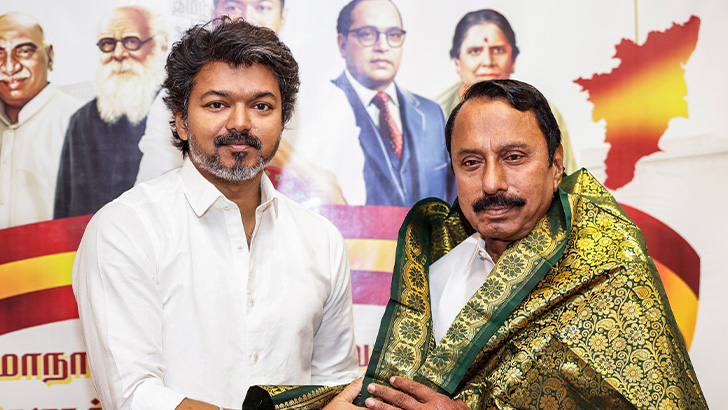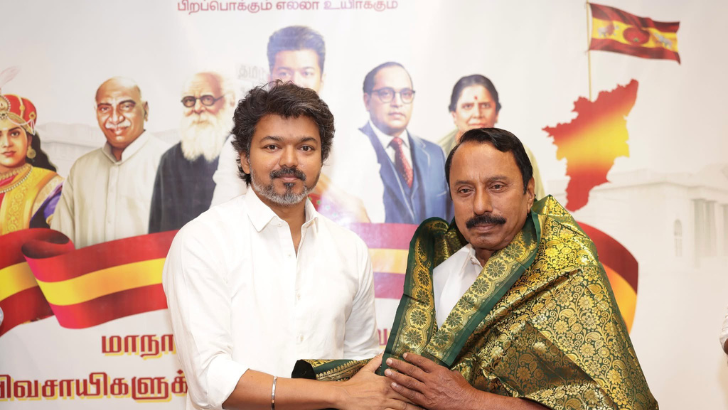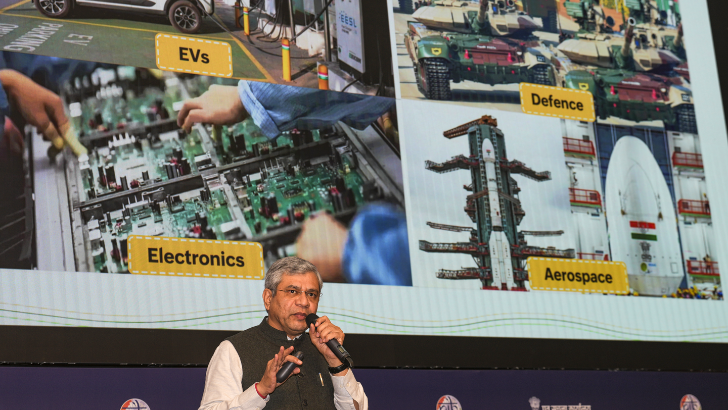Indian economy remains world's fastest growing despite US tariffs
Front-loaded production ahead of the GST rate cut helped drive India’s 8.2 per cent Q2 GDP surge despite the added 25 per cent US tariff in August.
PTI
-
Chief Economic Adviser V Anantha Nageswaran said India is on track to cross USD 4 trillion in GDP this year (Canva)
New Delhi, 28 Nov
India’s economy grew 8.2 per cent in July–September, the fastest pace in six quarters, driven by strong consumption and manufacturing despite steep US tariffs. The growth beat expectations and kept India ahead of China, which grew 4.8 per cent, according to official data released on Friday.
The surge came ahead of the festive season and followed the GST rate cut announced by Prime Minister Narendra Modi in his Independence Day address. Factories stepped up production in anticipation of higher demand, boosting quarterly output.
The latest GDP figure, up from 7.8 per cent in April–June, reinforces India’s position as the world’s fastest-growing major economy. The numbers also do not fully reflect the impact of an additional 25 per cent US tariff imposed in August on several Indian exports.
A low GDP deflator added momentum to real growth as both retail and wholesale inflation softened. Lower food inflation, in particular, lifted discretionary spending.
Prime Minister Modi called the numbers “very encouraging”, saying they reflected the impact of pro-growth reforms and the “enterprise of our people”. Finance Minister Nirmala Sitharaman said sustained fiscal consolidation, public investment and reforms were driving India’s economic momentum.
Private consumption, accounting for nearly 57 per cent of GDP, rose 7.9 per cent in the quarter, up from 7 per cent in the previous period. Manufacturing expanded 9.1 per cent, while construction grew 7.2 per cent. Government spending, however, contracted 2.7 per cent after rising sharply in the April–June quarter.
Chief Economic Adviser V Anantha Nageswaran said India is on track to cross USD 4 trillion in GDP this year. With the economy growing 8 per cent in the first half of FY26, he projected full-year growth to be “7 per cent or higher”.
The third quarter has begun on a “sound footing”, he said, supported by resilient rural demand and improving urban consumption following the GST cut.
However, nominal GDP growth came in at 8.7 per cent, reflecting low inflation. Economists said the narrow gap between real and nominal growth, its smallest since late 2019, shows the significant influence of deflators and base effects.
The mixed signals present a challenge for the Reserve Bank of India ahead of its December policy review. Economists at DBS Bank and Kotak Mahindra Bank said the central bank may emphasise forward-looking guidance, with some still expecting a 25 bps rate cut given the benign inflation trajectory.
Industry leaders, including Vedanta’s Anil Agarwal, welcomed the numbers, calling the economy “amazingly resilient” amid global uncertainty.
The Ministry of Statistics said GDP data will soon be revised to a new base year of 2022–23, which may lead to changes in subsequent estimates. Updated quarterly figures using the new base will be released on 27 February, 2026.








.png)

.png)

.png)


.png)




